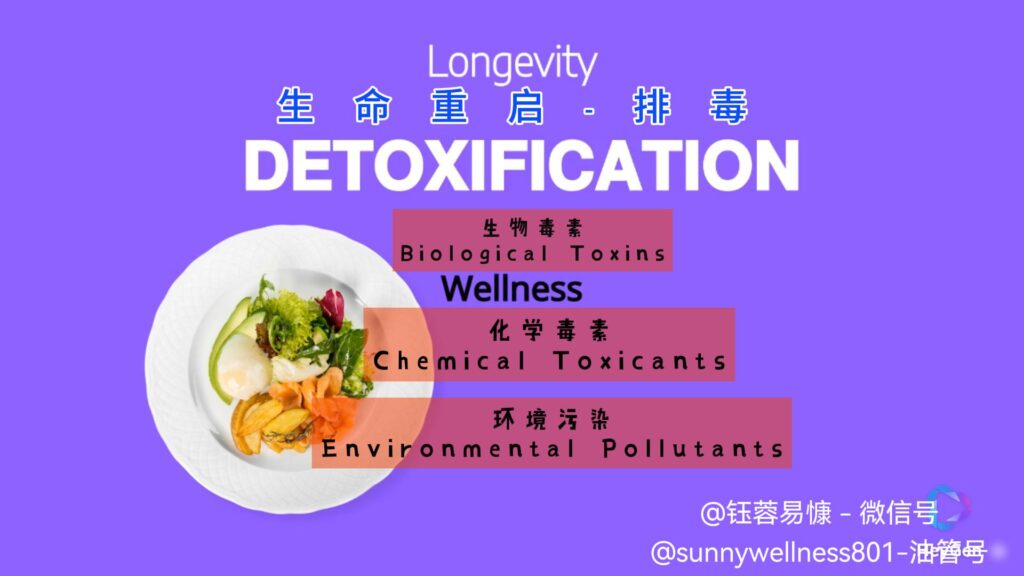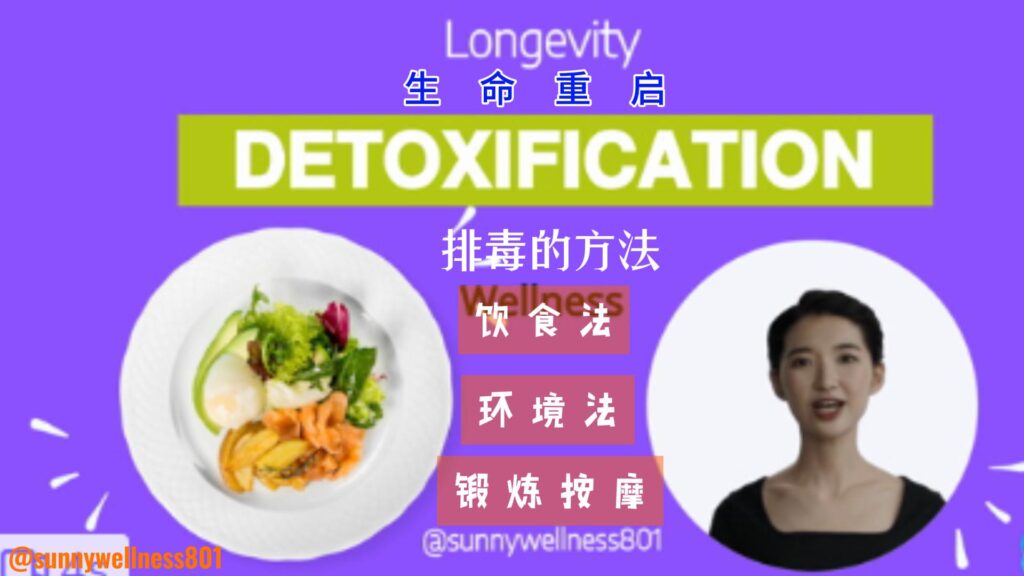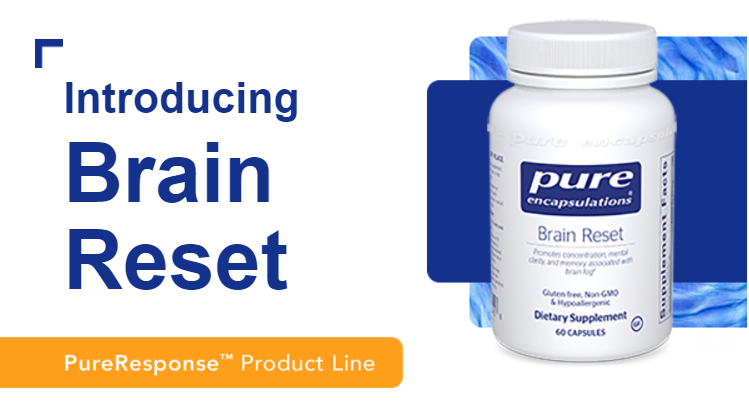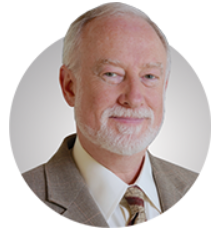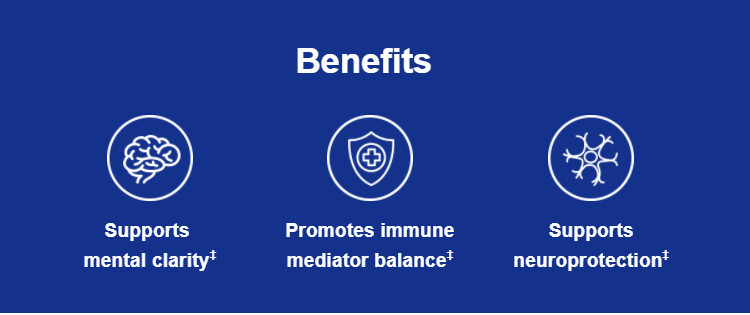40 years Reunion
Dear Classmates,
Forty years ago, we stepped into the gates of medical school, filled with passion and dreams for the field of medicine. Since then, we have gone through countless courses, internships, and exams, creating many unforgettable memories together. Today, we reunite not only to relive old friendships but also to celebrate the glorious forty years we have shared.
Forty years have been a journey filled with challenges and achievements for each of us. We graduated forty years ago, and we met forty-five years ago during the purest time of our lives. After studying together for five years, we embarked on different paths. Some of us became clinical doctors, chief physicians, department heads, medical directors, and hospital directors. Others dedicated themselves to research and became professors and institute directors. Some of us went into teaching to nurture the next generation of medical professionals, taught overseas medical English education, engaged in medical administration, or even ventured into business. We are now spread across various medical institutions both domestically and internationally. Regardless of the paths we chose, we have all contributed to the health and well-being of humanity.
Over these forty years, we have witnessed the rapid development of the medical field. From technological advancements to new treatment methods, from disease prevention to public health improvements, every progress has been driven by our hard work and relentless efforts. We have used our knowledge and skills to safeguard countless lives and witness numerous miracles. Despite earning numerous awards and titles, we often neglected our own health and that of our families. Some of us have passed away prematurely due to health issues, some are battling chronic diseases, and others have had to leave their positions early due to health reasons.
What have we missed in our education over the past decades? Modern medicine should encompass a complete chain, including prevention, healthcare, diagnosis, treatment, and rehabilitation. Our current medical system mainly focuses on the two-middle links of diagnosis and treatment, while neglecting the essential knowledge and education on prevention, healthcare, and rehabilitation for medical students and practitioners.
Today’s reunion is our shared celebration. Here, we share our stories and reminisce about the days we struggled together. No matter how time changes, the friendship and shared ideals we had back then remain unchanged. We are each other’s strongest support and truest friends. Although not all friendships have survived, with some having lost love, sympathy, or friendship due to varying family conditions and personal emotional intelligence in a competitive environment, today, we should forget all the unpleasantness, face everything with goodwill, and recall the friendly moments. Ultimately, we have all grown in different fields, achieving both family and career success.
Now, all of us have passed the age of sixty, stepping into the golden decade of retirement, defined as young elders. Let us raise our glasses to celebrate our forty years of achievements and friendship. May we continue to move forward together, striving for excellence and contributing more to the medical field in the future. Those who have the opportunity should keep in touch, actively participate, and add a touch of friendship and memories to their later years.
Dear classmates, forty years of sharing joys and sorrows, thank you to those who traveled from afar, both from abroad and domestically, to attend this reunion. Thanks to everyone who worked tirelessly to organize this event. Your hard work is deeply appreciated. May we continue to reunite in the coming years, sharing the joys and successes of life together. May our youthful, pure, and beautiful friendship last forever! I wish everyone good health, successful careers, and happy families! Let’s restart our lives from now!


